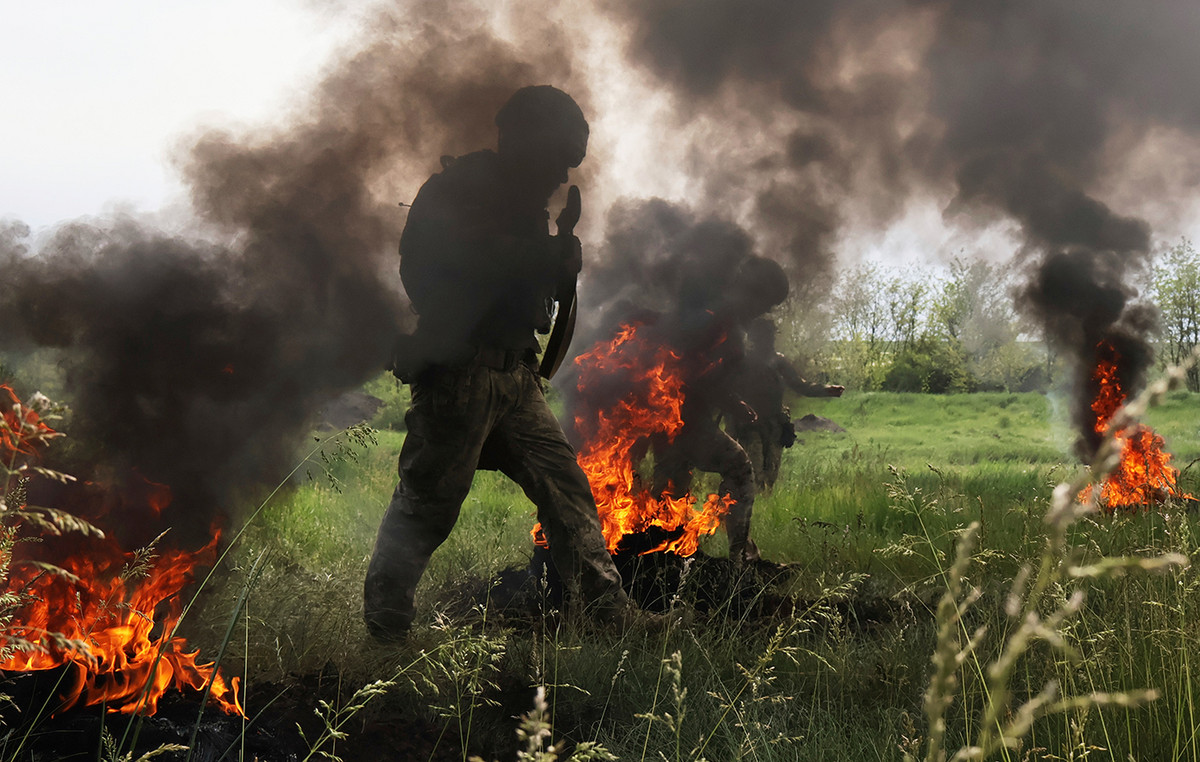A shame It is a feeling that causes discomfort and can often bring harm to personal, social and professional life. Therefore, learning to deal with this emotion is a necessary challenge and often requires treatment in therapy.
Recently, the film “Inside Out 2” introduced Shame as one of the new emotions of the 13-year-old character Riley. In the plot, the character who represents the feeling is corpulent and always wears a hoodie in which he hides his face. In an interview with USA Today, the film’s director, Kelsey Mann, said that the intention was to project “the true feeling of shame”.
However, shame is not exclusive to teenagers and children, and can also affect the quality of life of adults. “[A vergonha] becomes a problem when it interferes with everyday behavior, it can cause social isolation and a lack of ‘courage’ to establish relationships, a constant feeling of inadequacy, severe self-criticism and low self-esteem”, explains Larissa Fonseca, clinical psychologist and member of the Brazilian Society of Psychology (SBP), at CNN .
After all, what is shame and how does it manifest itself?
According to the expert, shame is an emotion of discomfort, resulting from a feeling of inadequacy and inferiority. It is generally characterized by the desire to hide and fear of being judged negatively. “A common characteristic is social avoidance, which can even lead to a diagnosis of social anxiety”, warns Fonseca. “It is common for a person with shame to feel an accelerated heart and respiratory rate, followed by a desire to escape a certain situation”, he adds.
In addition to these “symptoms”, shame can manifest itself through signs such as:
- Low self-esteem;
- Difficulty acting in the face of simple everyday situations and attitudes;
- Physical symptoms of stress and anxiety, such as insomnia, restlessness, difficulty concentrating, muscle tension, appetite dysregulation and excessive worries.
In children and adolescents, some signs can alert parents and guardians to possible inhibition of their children, as pointed out by Marcelle Alfinito, specialist in psychiatry and psychoanalysis with children and adolescents. This is the case of:
- High introversion and shyness;
- Low affective nature;
- Low search for news.
“Childhood behavioral inhibition has an important association with anxious and depressive symptoms in adulthood. The greater the severity, the greater the cognitive impairment”, says Alfinito.
Shame x social anxiety: how to differentiate?
Oftentimes, shame and shyness can be confused with social anxiety . However, the second is a mental health disorder also known by the term “social phobia “. “In it, there is a feeling of social rejection with reclusive behavior, panic attacks in challenging social situations with a desire to escape when interpersonal interactions are imminent and anticipatory anxiety”, says Alfinito.
“In the health area we have 3 important points to be observed: the frequency, intensity and clinical suffering that the person is experiencing. The diagnosis of social anxiety disorder should only be provided by a trained psychiatrist or psychologist”, he adds.
What are the causes of shame?
According to Fonseca, childhood trauma, such as emotional and physical abuse or neglect, may be related to the development of shame or shyness in adulthood. “These traumas can lead to a distorted view of oneself and a constant fear of judgment and rejection,” explains the psychologist.
Childhood is a phase in which the personality is developing, and the way the child is stimulated in family relationships, excessive criticism and demands are factors that contribute to greater or lesser shyness, according to Alfinito. “In adolescence, the most common cause that has the greatest impact is comparison with peers,” he adds.
“When parents and caregivers reinforce their children’s self-esteem during childhood, they contribute to building their identity with a sense of ability and self-confidence, which probably reduces excessive shyness and possible social anxiety,” adds Fonseca.
How to deal with shame? See practical tips
According to experts, shame, when left untreated, can contribute to the development of anxiety and depression disorders. In this sense, psychotherapy is fundamental to treatment. “It helps increase self-esteem to face embarrassing situations with emotional intelligence, flexibility and even moments of relaxation to leave the situation with even more self-confidence”, argues Fonseca.
Below, experts list practical tips for dealing with anxiety:
In children and adolescents
- Parents must truly connect with their children, through acceptance and appreciation of their children’s thoughts and feelings, and empathy;
- Encourage the development of self-esteem in children and adolescents;
- Promote a safe and understanding environment;
- Avoid authoritarian and rigid education, investing in “participatory” authority, promoting a healthy environment for children’s development.
In adults
- Accept that shame is a natural emotion;
- Evaluate positive aspects and personal achievements, even in embarrassing situations;
- Develop self-compassion and self-acceptance;
- Share feelings of shame with psychologists or people you trust;
- Carry out, with the help of professionals, training in social situations to improve confidence in potentially stressful events and gradual exercises to reduce anxiety associated with shame;
- Practice mindfulness techniques and relaxation techniques to manage anxiety.
Source: CNN Brasil
I am an experienced journalist and writer with a career in the news industry. My focus is on covering Top News stories for World Stock Market, where I provide comprehensive analysis and commentary on markets around the world. I have expertise in writing both long-form articles and shorter pieces that deliver timely, relevant updates to readers.







